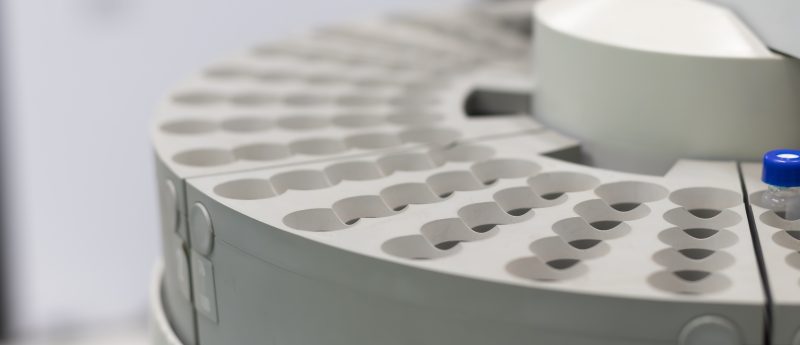Bioanalytical method validation considerations for LC–MS/MS assays of therapeutic proteins

This paper highlights the recommendations of a group of industry scientists in validating regulated bioanalytical LC–MS/MS methods for protein therapeutics in a 2015 AAPSJ White Paper. This group recommends that most of the same precision and accuracy validation criteria used for ligand-binding assays (LBAs) be applied to LC–MS/MS-based assays where proteins are quantified using the LC–MS/MS signal from a surrogate peptide after proteolytic digestion (PrD-LCMS methods). PrD-LCMS methods are generally more complex than small molecule LC–MS/MS assays and may often include LBA procedures, leading to the recommendation for a combination of chromatographic and LBA validation strategies and appropriate acceptance criteria. Several key aspects of this bioanalytical approach that are discussed in the White Paper are treated here in additional detail. These topics include selectivity/specificity, matrix effect, digestion efficiency, stability and critical reagent considerations.
Over the past several years, there has been an increasing focus on bioanalytical methods for protein therapeutics using LC–MS technology. Thus far, the majority of assays have involved indirect quantification by LC–MS/MS analysis of a surrogate peptide following proteolytic digestion of the protein [1,2]. In these methods, the targeted protein drug is subjected to digestion by specific protease enzyme(s) to yield a digest containing one or more signature peptide(s) that are unique to that protein and not subject to interference from the matrix.
Click here for the full article.






